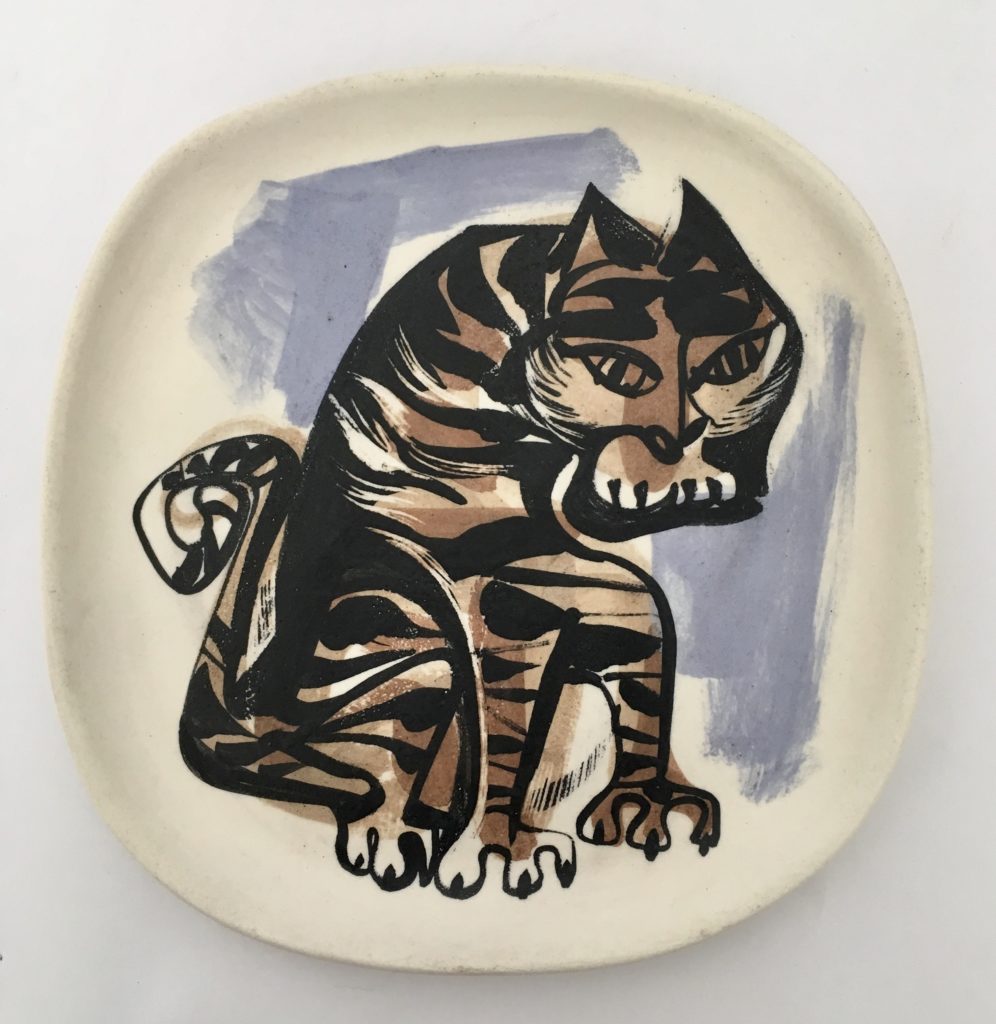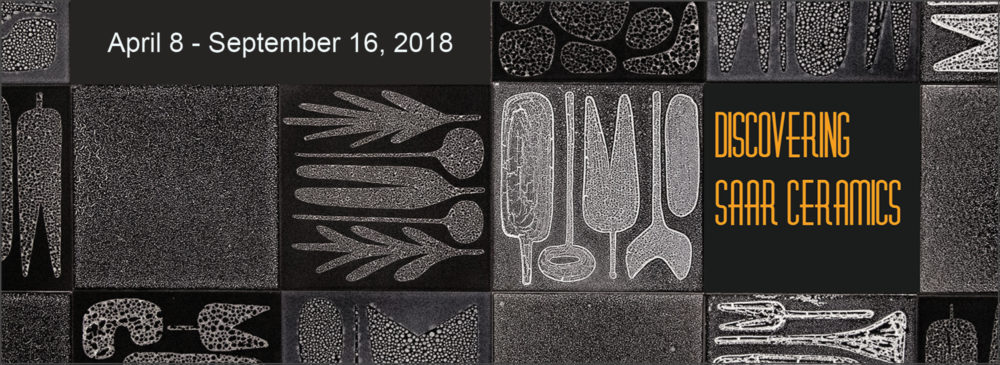
| On view: | April 7–September 16, 2018 |
| Opening Reception: | April 8, 2018, 2–5 PM |
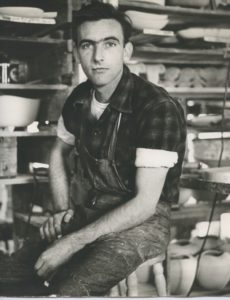
It is not often that a curator discovers an artist whose work hovered below the horizon and remained invisible to art history for more than fifty years. But such is the discovery of Richard Saar and Saar Ceramics. Today the Saar name is synonymous with twentieth and twenty-first century art, given the notoriety of African-American artist Betye Saar, Richard’s wife from 1952–1970, and daughters Lezley and Alison Saar, renowned sculptors. Richard’s artistic talent was equally masterful but his career and creativity are unsung and under recognized.
Richard Warner Saar (1924–2004) was raised in Cleveland, Ohio and attended East Technical High School (1939-1942). During his high school years Richard’s artistic talents were discovered and he was encouraged to study painting, drawing, and sculpture. It was in a high school art class that Richard first learned to create ceramics. Saar continued his art studies at Cleveland Museum of Art (1942-1943), but his education was interrupted by World War II: prompted by the fighting overseas, Richard enlisted in the Coast Guard where he served both as coxswain and combat artist. After his discharge, Richard used his GI Bill to attend Jepson School of Art in Los Angeles. There he studied with Rico LeBrun and was classmates with Malcolm Leland.
Richard and his brother William (Bill) opened Saar Ceramics in 1949, in Lawndale, California, and soon thereafter relocated the studio to a small Quonset hut in El Segundo. Ceramicist and designer Malcolm Leland’s studio was at one point in the neighboring Quonset hut. Richard created the ceramic forms and hand painted the designs on the wares, while his brother Bill ran the business and assisted in the production. At its height, Saar Ceramics employed eight individuals including Richard and Bill. The profile and market recognition of the Saar studio was on a steady rise, but with the additional expenses of his family, Richard needed to increase his income. In 1958, he went to work as an illustrator in the etymology department and as assistant preparator at the Los Angeles County Museum, leaving his brother to oversee production of the studio.
When the brothers opened Saar Ceramics, Europe and Japan were struggling to rebuild and restart their factories after the devastation of WWII, leaving the market for tableware and home accessories wide open. The Saars eventually closed the studio in 1962 when they could no longer compete with the recovered tableware industry in Japan and abroad. After his initial stint at the Los Angeles County Museum, Richard took a job as a technical illustrator for the defense contractor, Litton industries in 1960. He later apprenticed as an art conservator at Los Angles County Museum of Art and eventually opened an art conservation studio in West Hollywood, where he worked until his death in 2004. In addition to his conservation practice, Richard returned to working in ceramics in the 1990’s, creating unique wheel thrown and hand built pieces that often re-visited the motifs of his earlier work.
This exhibition is curated by Jo Lauria, AMOCA Adjunct Curator.
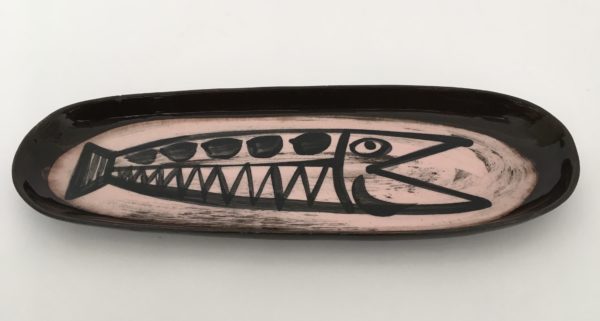
This exhibition is funded in part by:
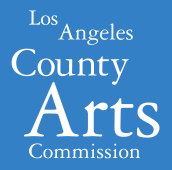

Bring Some Culture to Your Inbox
399 N Garey Ave Pomona, CA 91767
909.865.3146 | info@amoca.org
The museum is open Fridays, Saturdays, and Sundays, 11 AM–4 PM. Plan your visit by clicking here.
For information about Ceramics Studio hours and availability, please click here for the Ceramics Studio.
